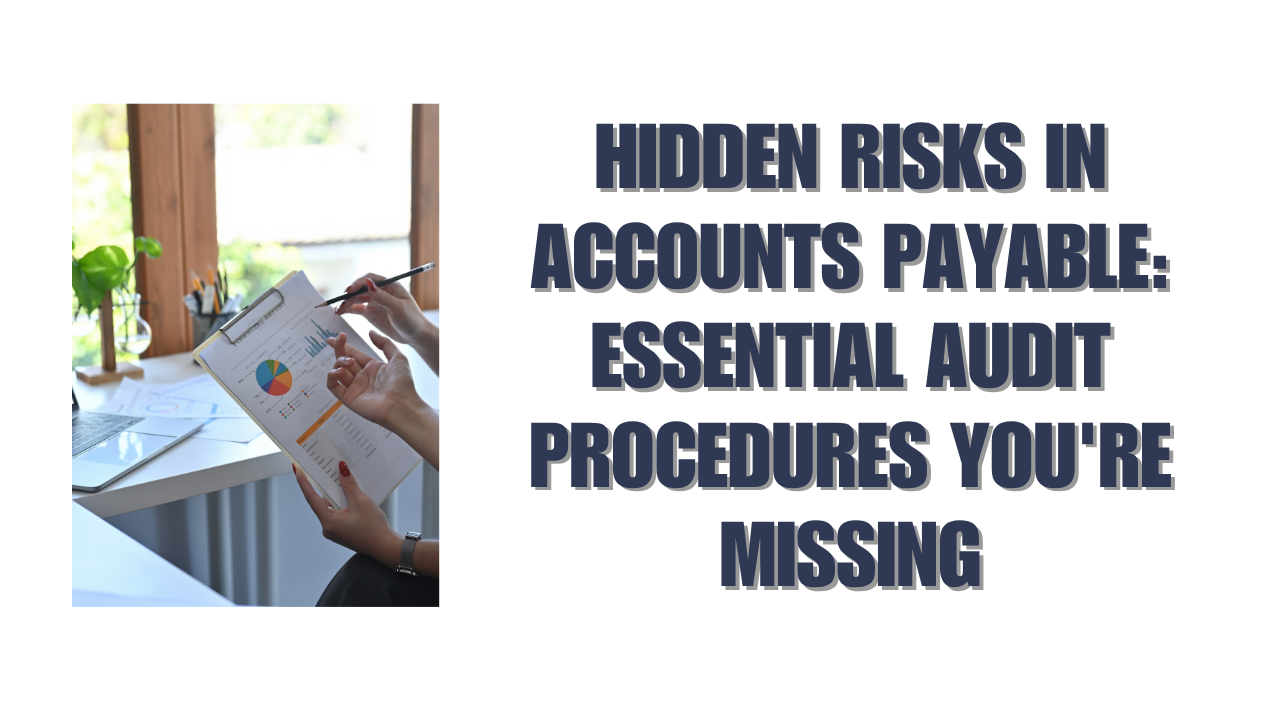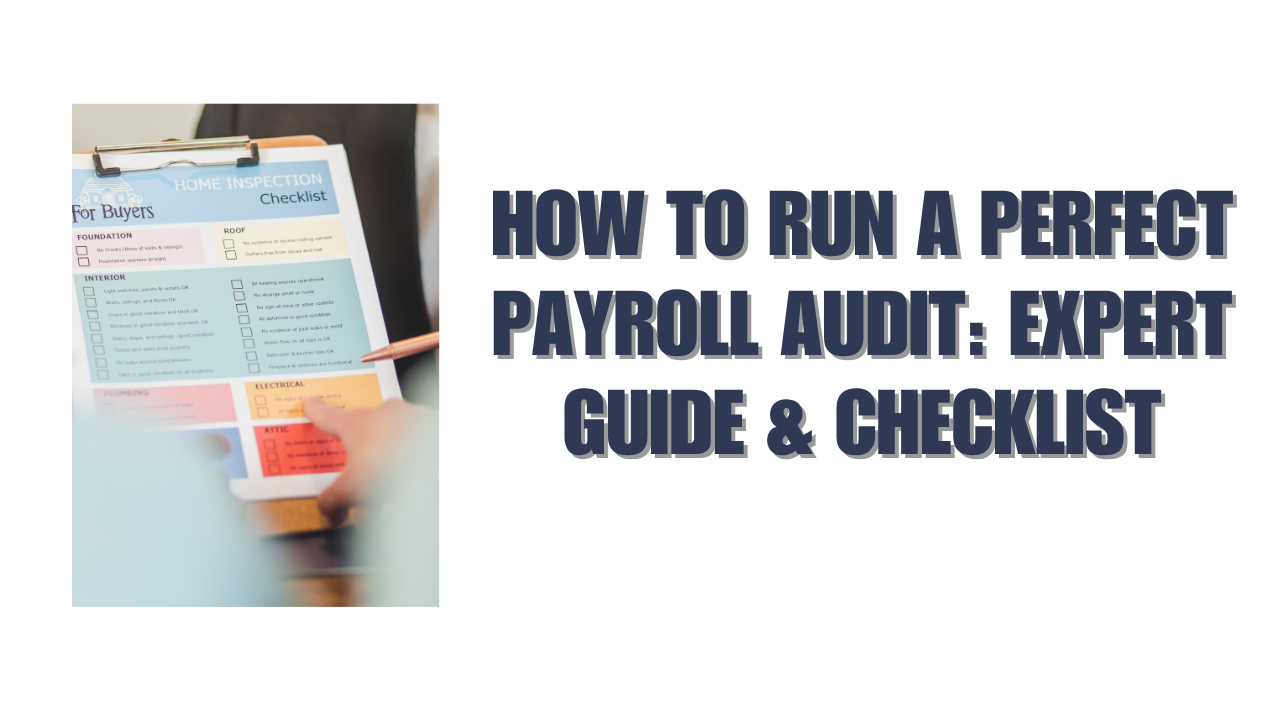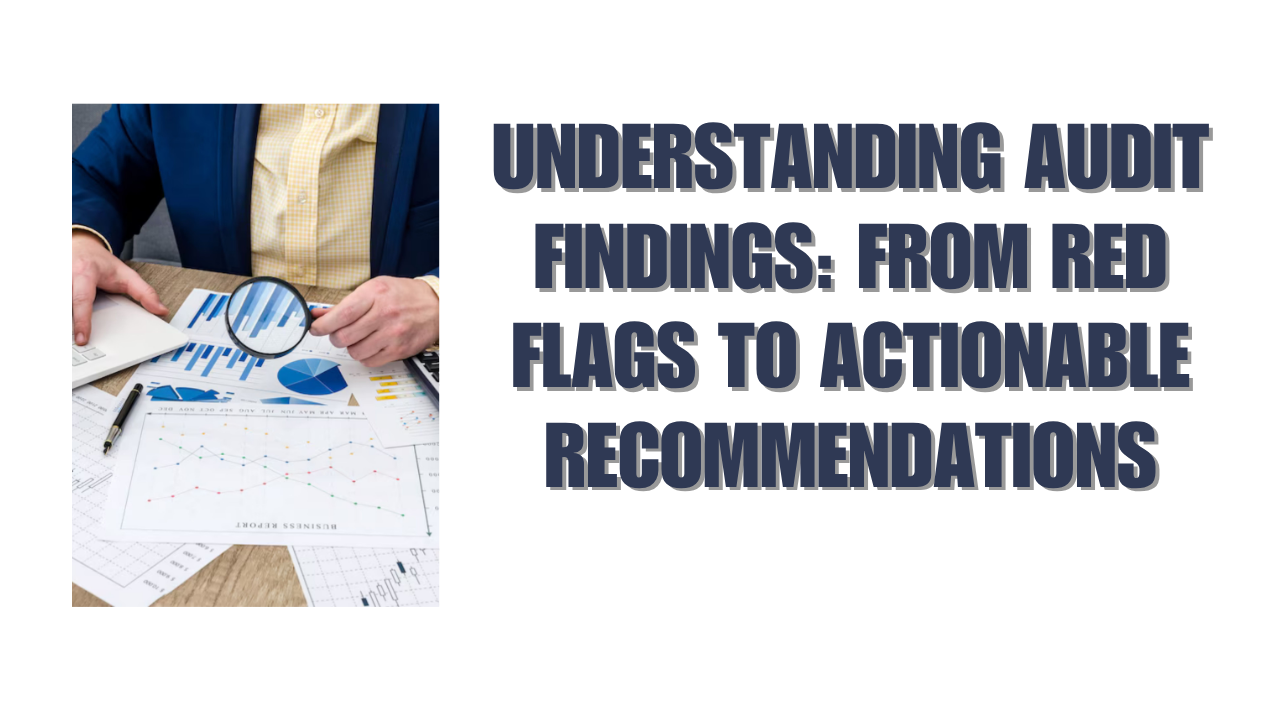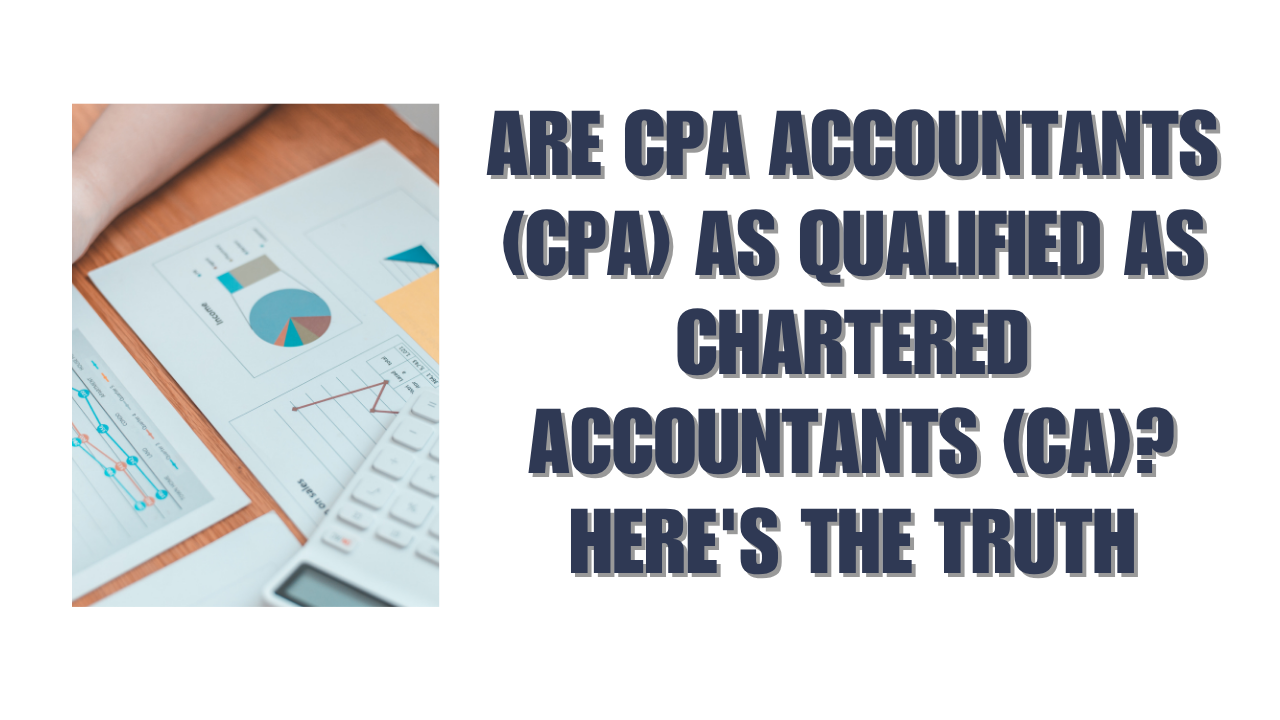New Zealand’s Accounting Services industry will reach $4.5 billion in revenue by 2024. More companies in New Zealand now bring their audit functions in-house. This new approach goes beyond just compliance and helps companies get valuable business audit insights that reshape their operations. The cost of non-compliance turns out to be much higher than running proper audit processes.
We created this practical piece to help you understand business audit insights in New Zealand better. You’ll learn exactly how to extract meaningful insights for better business decisions, whether you want to build internal capabilities or improve your risk management processes.
Understanding Business Audit Insights
Business audit insights are the foundations of process validation and accurate financial management. We analyzed data sets and financial practices that help organizations spot ways to improve performance and encourage sustainable growth.
Data analytics has become the lifeblood of modern audit practices and changed how businesses analyze their financial information. Organizations can spot anomalies and risks better by looking at complete data sets instead of samples.
Audit analytics with data integration makes risk assessment better and boosts overall quality. AICPA lists five key steps to implement audit data analytics: planning, data preparation, reliability assessment, analysis execution, and results evaluation.
So, businesses that utilize audit insights enjoy several benefits:
- Boosted operational efficiency by finding bottlenecks and redundancies
- Better decisions based on live data processing
- Stronger stakeholder trust through clear financial reporting
- Improved risk management and compliance oversight
Audit insights for New Zealand businesses do more than just review finances. Recent data shows that 88% of audit teams either plan to use or already use audit analytics in every audit. This move toward informed auditing helps organizations make smarter decisions while keeping high standards of financial accuracy and operational excellence.
Setting Up Your Audit Framework
A reliable audit framework needs proper planning and step-by-step implementation. We designed the framework to arrange with International Standard on Auditing (New Zealand) requirements to work as internal control assessment.
Everything in a well-laid-out audit framework includes:
- Documentation requirements and checklists
- Internal control assessment procedures
- Risk evaluation methodologies
- Quality review processes
- Compliance monitoring systems
The framework needs complete audit templates that include financial statements and lead schedule checklists. On top of that, it must have ways to spot and assess internal control problems.
The audit framework should help teams communicate findings quickly. Teams must report any problems in writing to the governance team, especially when you have major concerns.
Smaller organizations can benefit from simplified processes by focusing on key requirements. They can remove parts that only apply to bigger companies. This helps cut down the compliance workload. The framework works best with detailed answers backed by evidence instead of simple yes/no responses.
Quality reviews must happen at least once every four years to keep the framework running smoothly. The framework includes rules to bill quality review fees based on the FMA hourly rate.
Analyzing Audit Results
Data analytics and visualization techniques are now fundamental tools that help extract meaningful insights from audit findings. We used these tools to analyze large datasets and identify patterns, trends, and anomalies quickly.
Modern audit analysis has three vital views: historical data review, current status assessment, and future trend prediction. Audit teams can spot Un forecasted performance drivers and red flags by using advanced visualization tools to look at multiple data points simultaneously.
The analysis process works with these key techniques:
- Pattern Recognition: Understanding month-over-month trends and variances
- Risk Assessment: Identifying high-risk areas through data correlation
- Anomaly Detection: Spotting unusual transactions or patterns
- Predictive Analysis: Forecasting potential risks
The analysis works best when raw data transforms into practical insights. Auditors can establish direct correlations between Key Performance Indicators (KPIs) and risk factors through visualization dashboards. This method has shown great value, as GWCPA LLP showed when their visualization tools helped identify specific periods of unusual transactions.
The analysis should target both financial and operational metrics. Member CPA Firm used data analytics to refine their audit procedures, which led to more precise risk assessments in states of all sizes. This tech-driven approach allows better risk level differentiation and more tailored audit procedures.
Conclusion
Business audit insights are the lifeblood of modern New Zealand organizations that transform traditional financial reviews into powerful decision-making tools. Data-driven auditing practices help companies identify risks, streamline operations, and maintain compliance while reducing costs.
Organizations can spot trends, predict future risks, and make data-backed decisions through proper implementation of audit frameworks and advanced analytics. These capabilities become valuable as businesses navigate complex regulatory environments and competitive markets.
Three factors determine success with business audit insights: strong framework implementation, consistent monitoring, and effective use of visualization tools. Companies achieve better operational efficiency and stronger financial outcomes when they excel in these elements.
Business auditing goes beyond mere compliance and serves as a strategic tool for growth and improvement. Your organization can be proactive and maintain the highest standards of financial accuracy with regular framework updates and modern analytics.
FAQs
Q1. What are the key components of a business audit framework in New Zealand?
A robust audit framework typically includes documentation requirements, internal control assessment procedures, risk evaluation methodologies, quality review processes, and compliance monitoring systems. It should align with International Standard on Auditing (New Zealand) requirements and incorporate mechanisms for identifying and assessing internal control deficiencies.
Q2. How can data analytics improve the audit process?
Data analytics enhances the audit process by enabling the analysis of entire data sets rather than samples, improving risk assessment, and increasing overall audit quality. It allows for more effective identification of anomalies and potential risks, leading to more precise and tailored audit procedures.
Q3. What are the benefits of using business audit insights?
Business audit insights offer several advantages, including enhanced operational efficiency, improved decision-making capabilities based on real-time data, strengthened stakeholder trust through transparent reporting, and better risk management and compliance oversight.
Q4. How often should quality reviews be conducted in an audit framework?
Quality reviews should be conducted at least once every four years to maintain the effectiveness of the audit framework. This ensures that the framework remains up-to-date and continues to meet the necessary standards and requirements.
Q5. What techniques are used in analyzing audit results?
Key techniques in analyzing audit results include pattern recognition to examine month-over-month trends, risk assessment through data correlation, anomaly detection to spot unusual transactions, and predictive analysis to forecast potential future risks. Visualization tools are often used to establish correlations between Key Performance Indicators (KPIs) and risk factors.





